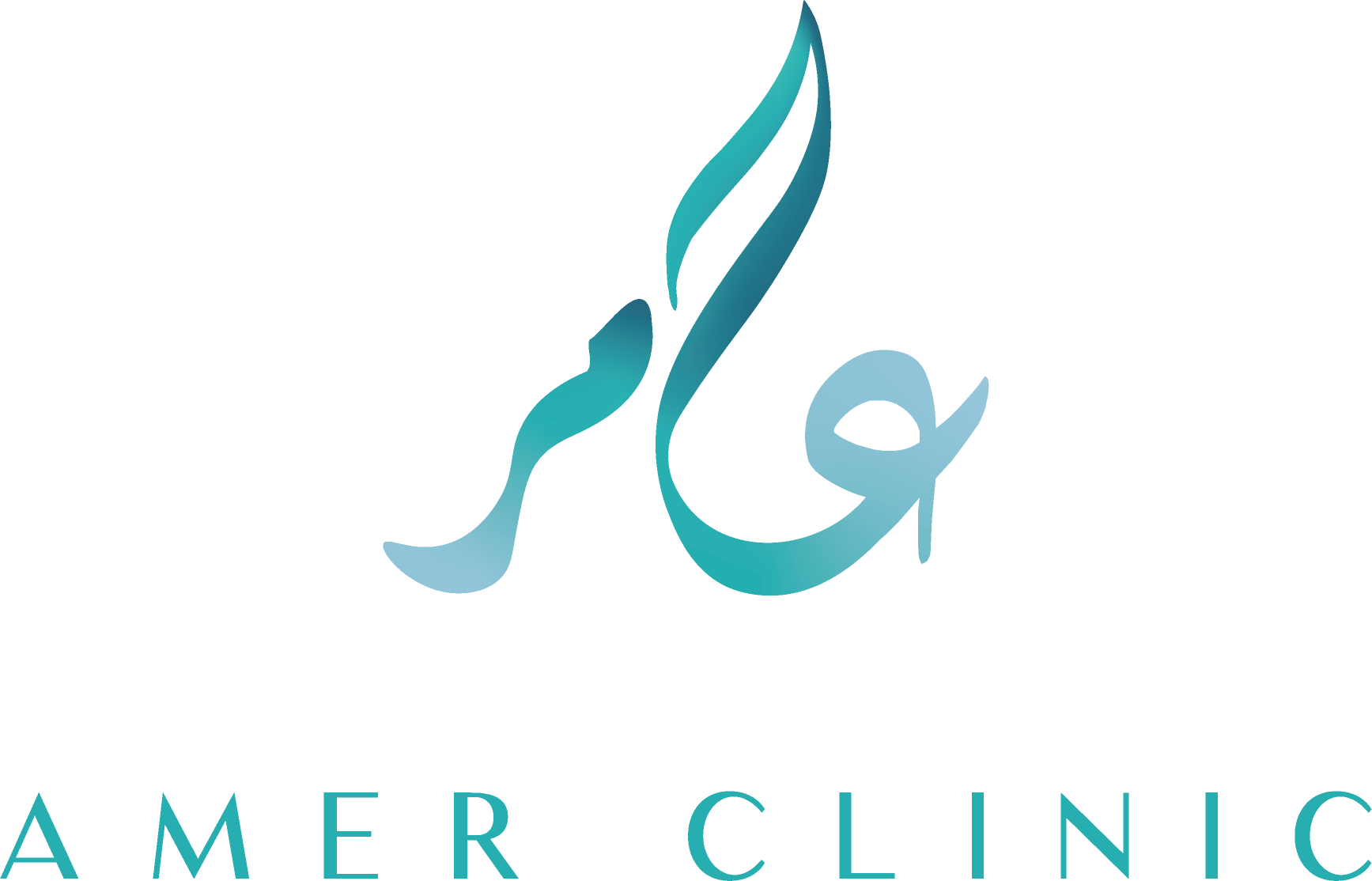Facial Nerve Palsy Treatment: A Comprehensive Guide to Available Therapies
Facial nerve palsy is a condition that impacts facial movement and expression. Treatment approaches vary significantly depending on several factors, primarily the cause of the injury, its duration, the patient’s age, and their general health. It’s crucial to understand that the information provided here is a general overview, and a specific treatment plan can only be determined after consulting with a specialized and experienced physician in facial nerve palsy cases.
Medical Treatment
Medical treatment is primarily used in very early cases, particularly when the palsy isn’t caused by direct nerve injury or a tumor. The type of medication depends on the underlying condition affecting the nerve, but it often includes eye drops and ointments to protect the eye from dryness and inflammation until the nerve function is restored.
Surgical Treatment
Numerous surgical procedures are available for treating facial nerve palsy, and a specialist physician must select the most appropriate one for each patient. The choice of surgery largely depends on the time elapsed since the onset of facial palsy. The longer the duration, the higher the likelihood of muscle damage and their inability to respond, even if the nerve is reconnected.
Early Cases (Within One Year of Onset)
In early cases, the surgeon aims to reconnect the affected facial nerve using the nerve’s own end if possible. If this isn’t feasible, such as in cases of complete nerve removal or brain tumors, the surgeon seeks another source of nerve supply. Historically, the healthy facial nerve from the opposite side of the face was used as a source, but its effectiveness in providing sufficient facial movement has proven limited. Currently, the hypoglossal nerve (cranial nerve XII) is one of the most common sources of nerve supply. The surgeon connects the hypoglossal nerve to the facial nerve (cranial nerve VII) to serve as the new nerve supply for the facial muscles.
Late Cases (After More Than One Year of Onset)
After one year, the likelihood of the original facial muscles responding to nerve reconnection decreases. In these situations, the surgeon explores other solutions and develops a separate treatment plan for each part of the face:
Eye
The facial nerve is responsible for eyelid closure, so its damage can lead to dry eyes, recurrent infections, and potentially even corneal perforation and permanent blindness. Additionally, there can be lower eyelid sagging and a noticeable difference in the eye’s appearance compared to the healthy eye.
- Upper Eyelid Treatment: The most common method for treating the upper eyelid is implanting a gold weight. Gold is used due to its high density, allowing the appropriate weight to be placed in a small area, its suitable color which doesn’t show under the skin, and its easy acceptance by the body. Other procedures, such as muscle transfer from the side of the head, exist, but gold weight implantation remains the preferred, faster, and less side-effect-prone option.
- Lower Eyelid Treatment: Several procedures are available to repair the lower eyelid and correct its sagging caused by eyelid muscle paralysis, including shortening the lower eyelid, lifting it, and suspending it to the outer orbital bone.
Mouth
The inability to smile is often one of the most distressing issues for patients with facial nerve palsy, hindering their ability to communicate. The treatment of the lips in cases of facial nerve palsy has undergone significant advancements over time:
- Historical Overview: Decades ago, attempts to restore facial balance involved implanting membranes or threads between the lip and the side of the head to prevent excessive pulling towards the healthy side of the face, but the results were unsatisfactory. Later, the focus shifted to muscle transfers to enable mouth movement and smiling, such as transferring chewing muscles to become responsible for smiling. Despite the apparent simplicity of this procedure, it failed to achieve the desired outcomes for several reasons. For instance, the patient still had to clench their teeth (a chewing motion) to smile, and unnatural smiling movements occurred during chewing. Furthermore, the smile was generally not natural in any way.
- Latest Scientific Advances: Muscle transfer from another part of the body to the face represents the cutting-edge in restoring smiles after facial nerve palsy. This procedure requires a surgeon with extensive expertise in both facial nerve surgery and microsurgery. The specialist surgeon transfers a portion of a muscle along with its nerves and blood vessels, then transfers this segment to the face. They then connect the blood vessels to others in the face to ensure blood supply and connect the muscle’s nerve to one of the nerves adjacent to the face. After approximately 4 to 6 months, the muscle begins to move, and through specific exercises performed by the patient, the movement becomes as close to natural as possible.
Dr. Tarek Amer is among the specialists who have published medical research in leading American and European scientific journals regarding smile restoration through microsurgery.
